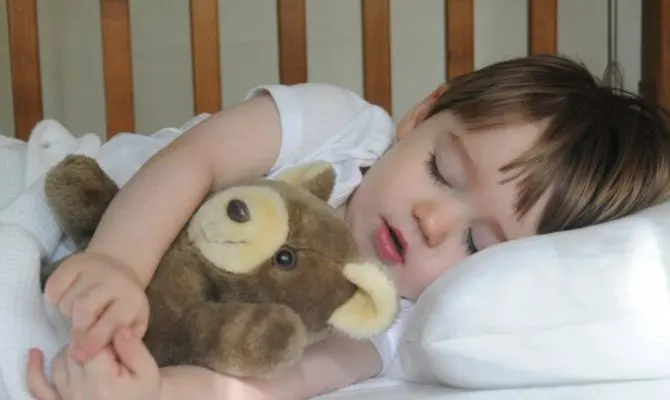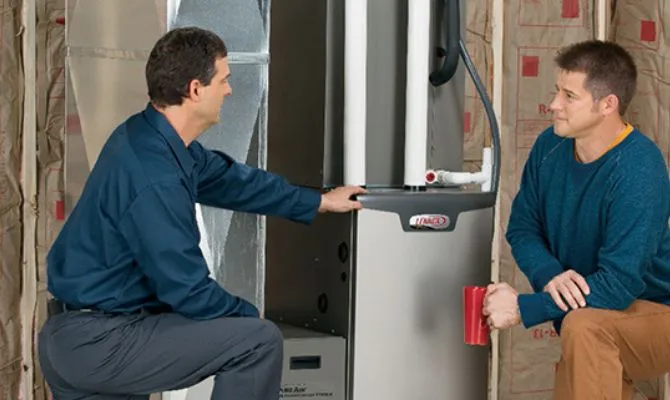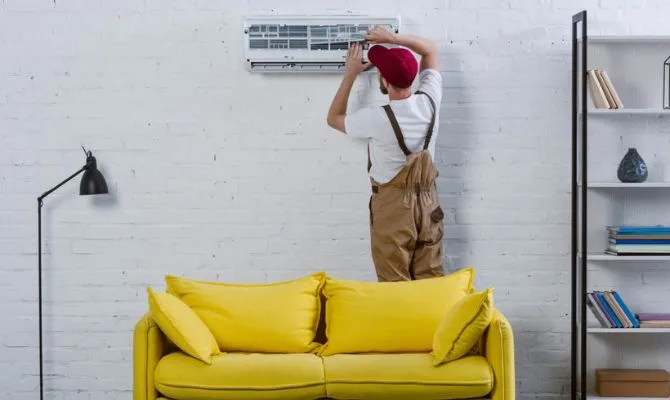Parents are committed to caring for their children — not only for their emotional and psychological well-being, but their physical health — and that includes concern for the air they breathe.
For babies, especially, air quality is a concern, because their lungs are still maturing and their immune systems are developing. Given that the American Environmental protection Agency has found that the pollutant level in indoor air can be two to five times greater than that of outdoor air, it’s up to parents to ensure that these organs/systems aren’t subjected to undue stress. Poor indoor air quality can also interfere with sleep and contribute to headaches and sinus congestion.
Ways To Boost Indoor Air Quality for Babies and Children
There are steps parents can take to improve indoor air quality and filter out some of the pollutants that could irritate young lungs, cause allergic reactions or interfere with sleep. Contact your HVAC professional for additional details as you follow these tips:
Purifying indoor air.
There are numerous air purifiers on the market and it should be easy to find one that suits your needs and your budget. Be sure to purchase bedroom units that use HEPA (high-efficiency particulate air) filters, because they can remove close to 100 per cent of particulate matter larger than 0.3 microns in diameter. First, however, you may want to have the air tested professionally or purchase an indoor air-quality testing kit that includes lab analysis of your samples.
Kissing toxic paint goodbye.
Paints and wall finishes can emit toxic chemicals – VOCs — for years after they are applied to your walls. VOCs are volatile organic compounds that can endanger both health and the environment. Luckily, environmental regulations have led to development of low- or zero-VOC paints, so choose these when you are decorating the nursery or repainting your child’s bedroom.
You’ll also find VOCs in aerosol sprays, cleaners and disinfectants. Reduce their presence by choosing organic products or those labelled VOC-free.
Reducing pet dander.
The dead skin cells, hair and feathers pets shed daily can have an effect on lungs and sinus health. Regular grooming helps, but pets will never be dander-free. Washing bedding in your children’s rooms frequently is helpful, and HEPA filters will also catch these airborne pollutants. (Since dander travels through the air, keeping pets out of the bedrooms isn’t a perfect solution.)
Managing humidity.
High humidity indoors makes air heavy and more challenging to breathe. It also promotes the growth of bacteria, fungus and yeast. The ideal humidity for a baby’s room is 40 per cent; overall indoor humidity should always range between 30 to 50 per cent. Measure the humidity with a hygrometer, if you want a precise reading. Address concerns over humidity by installing exhaust fans in rooms with higher humidity or place dehumidifiers in your children’s bedrooms. For maximum results, you’ll want to clean the filters daily.
Ventilating the room.
Even with exhaust fans or humidifiers, you’ll want to open bedroom windows for at least 10 minutes daily to allow for air exchange. If your home has a ventilation system, be sure to have it cleaned regularly to prevent mould and bacteria from growing.
Choosing non-toxic furniture and bedding.
Not only does bedding keep your children warm; it protects them from air contaminants, such as bacteria, dust and mould. For babies, especially, a latex foam mattress is better than a fibrous type and organic covers will keep dust mites to a minimum. You might want to consider hypo-organic bedding.
Wash your bedding in hot water to get rid of most dust mites and choose chemical- and perfume-free detergents to avoid throat irritations.
When it comes to furniture, you’ll want to ask questions about the materials used in construction and formaldehyde emissions. If possible, purchase naturally finished pieces and stay away from composite materials. If that’s not possible due to budget, air the furniture outside for about a week to reduce the VOCs that will be emitted indoors.
Keeping air-conditioning and filters healthy.
Air-conditioning units can spread contaminants if they aren’t working well. Window-mounted air-conditioners older than three years may have mold in the vents and can unleash contaminants into the air. Central air-conditioning requires regular filter replacement and thorough cleaning by an HVAC professional.
Remember, babies and children are precious cargo, so let’s ensure they remain in the best health possible.



